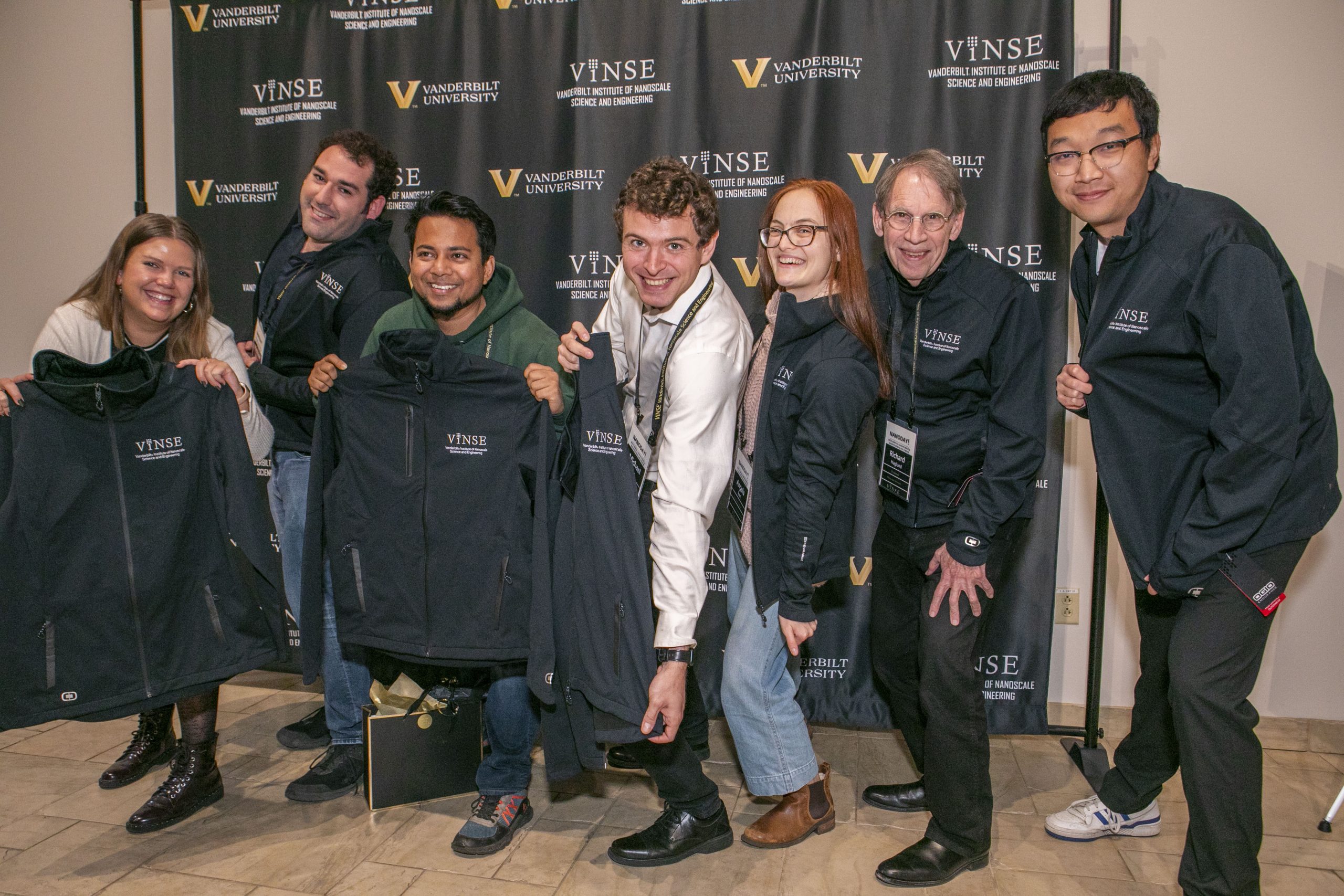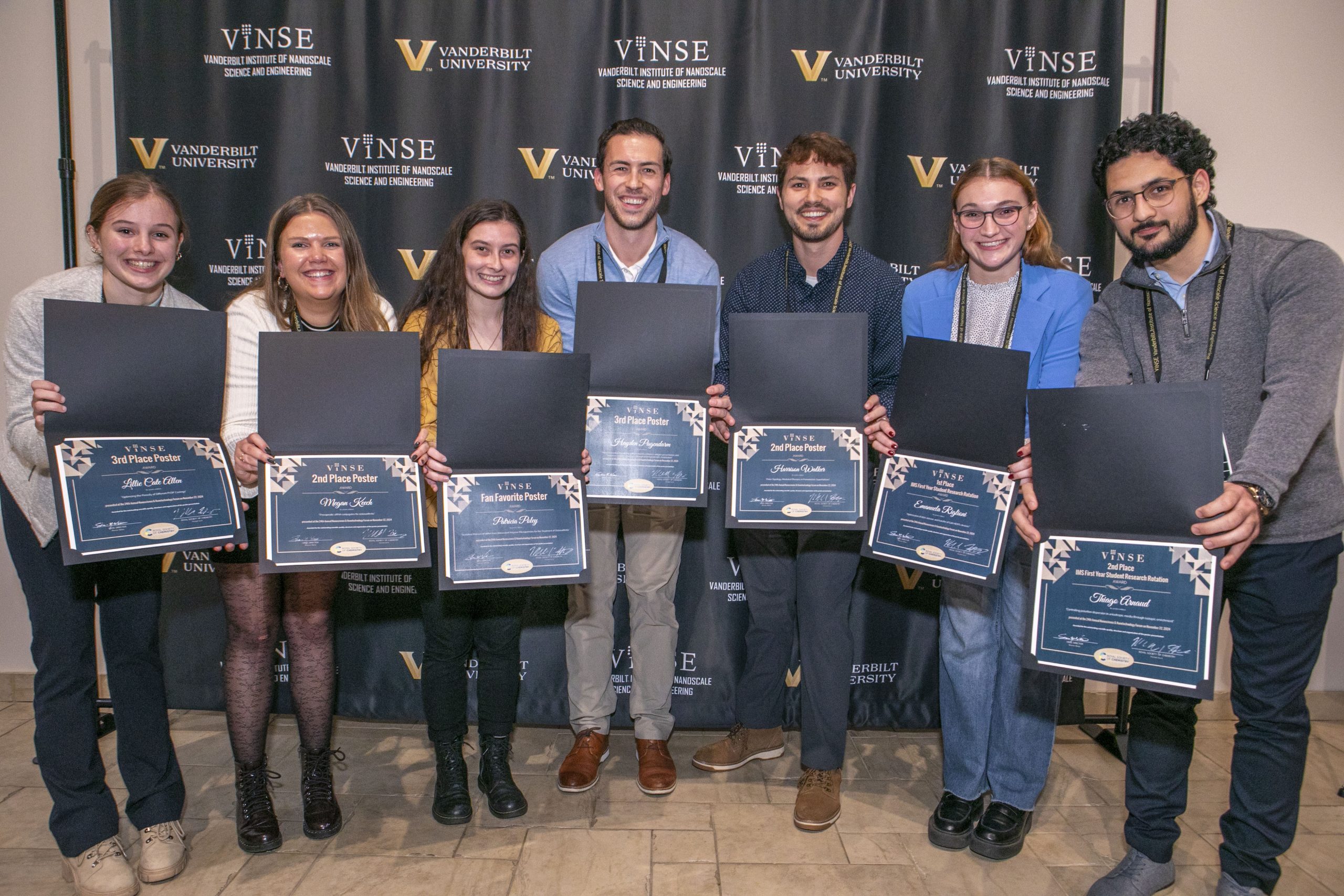25th Annual NanoDay!
Thursday, November 13, 2025
11:30 AM - 7:30 PM
 KEYNOTE SPEAKER
KEYNOTE SPEAKER
Dr. Mark Hersam
Northwestern University
Mark C. Hersam is the Walter P. Murphy Professor of Materials Science and Engineering, Director of the Materials Research Center, and Chair of the Materials Science and Engineering Department at Northwestern University. He also holds faculty appointments in the Departments of Chemistry, Applied Physics, Medicine, and Electrical Engineering. He earned a B.S. in Electrical Engineering from the University of Illinois at Urbana-Champaign (UIUC) in 1996, M.Phil. in Physics from the University of Cambridge (UK) in 1997, and Ph.D. in Electrical Engineering from UIUC in 2000. His research interests include nanoelectronic materials, additive manufacturing, scanning probe microscopy, renewable energy, sensors, neuromorphic computing, and quantum information science. Dr. Hersam has received several honors including the Presidential Early Career Award for Scientists and Engineers, TMS Robert Lansing Hardy Award, MRS Mid-Career Researcher Award, AVS Medard Welch Award, U.S. Science Envoy, MacArthur Fellowship, and eight Teacher of the Year Awards. Dr. Hersam has been repeatedly named a Clarivate Analytics Highly Cited Researcher with over 700 peer-reviewed publications that have been cited more than 75,000 times. An elected member of the American Academy of Arts and Sciences, National Academy of Engineering, and National Academy of Inventors with over 170 issued and pending patents, Dr. Hersam has founded two companies, NanoIntegris and Volexion, which are suppliers of nanoelectronic and battery materials, respectively. Dr. Hersam is a Fellow of MRS, ACS, ECS, AVS, APS, AAAS, SPIE, and IEEE, and also serves as an Executive Editor of ACS Nano.
Student Life Center
11:30 LUNCH begins for poster presenters
12:00 NETWORKING LUNCH / STUDENT POSTER SESSION
2:00 Opening Remarks Dr. Sharon M. Weiss
2:20 Research Talk 1
2:40 Research Talk 2
3:00 Research Talk 3
3:20 Research Talk 4
3:40 NETWORKING BREAK refreshments served
4:10 KEYNOTE LECTURE
5:00 NETWORKING RECEPTION Poster Awards / Jacket Drawing
Registration will open in August 2025.
1st $500 | 2nd $250 | 3rd $100
Each participant is given a 48” wide and 36” tall space on which to mount their poster, and must submit their poster title and abstract.
Judging is based on scientific content, visual and oral presentation.
Students are expected to be at their poster during viewing sessions.
Past Events
NanoDay! News


2024 VINSE NanoDay! Jacket Drawing Winners
Dec 9, 2024

2024 NanoDay! Poster Award Winners
Dec 6, 2024